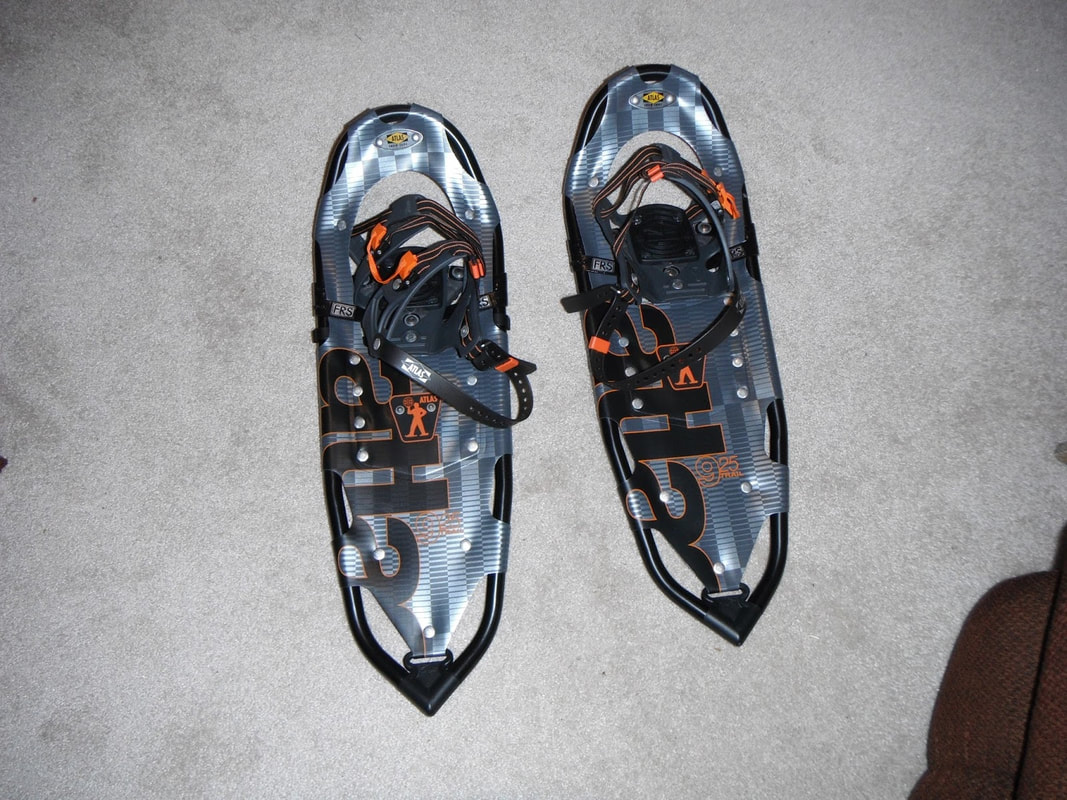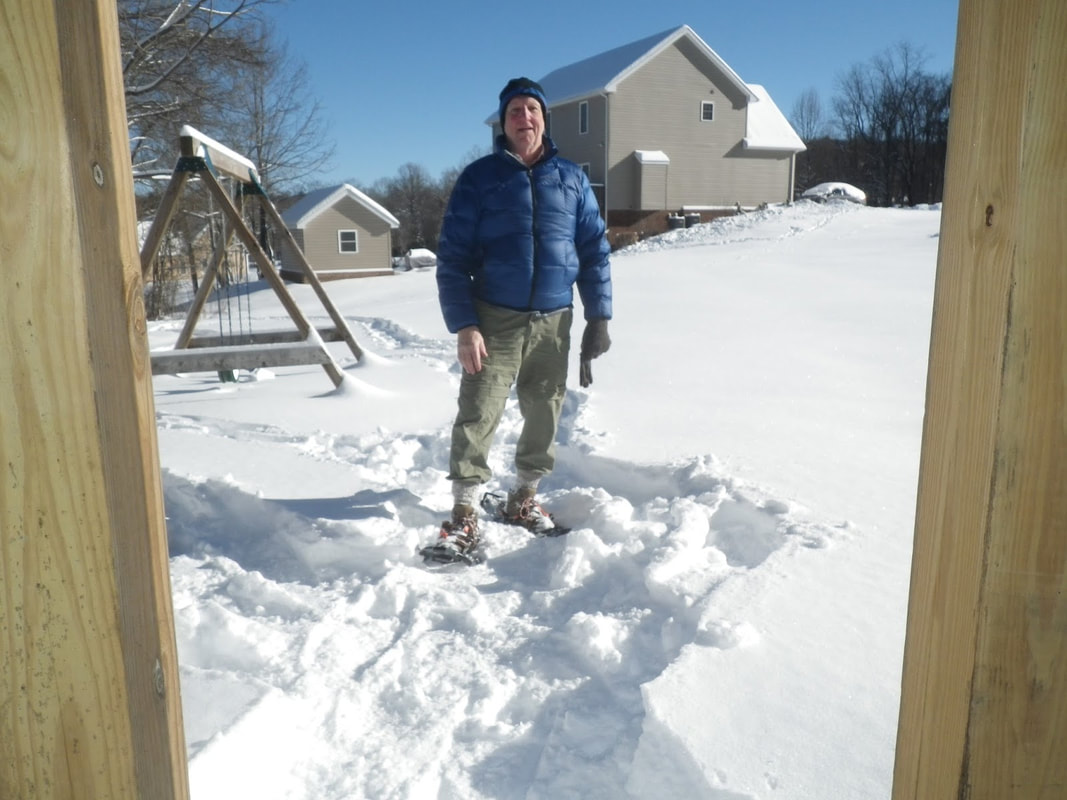What is the right choice of gear for you?
Many people have asked me for advice on the best and lightest equipment to carry on a hike. I have come to the understanding that you have to decide for yourself what equipment is the most comfortable for your hike. I can only review what I have found to be the best for me. This blog is dedicated to evaluating some available hiking equipment so you can make a better choice.


 RSS Feed
RSS Feed